Final pieces:
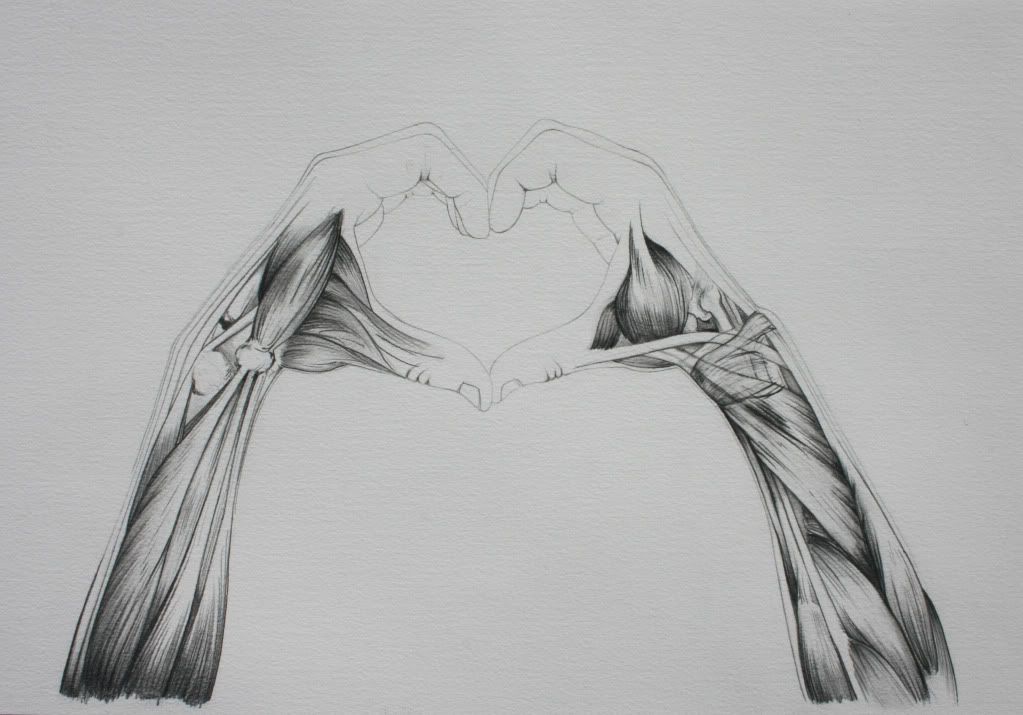
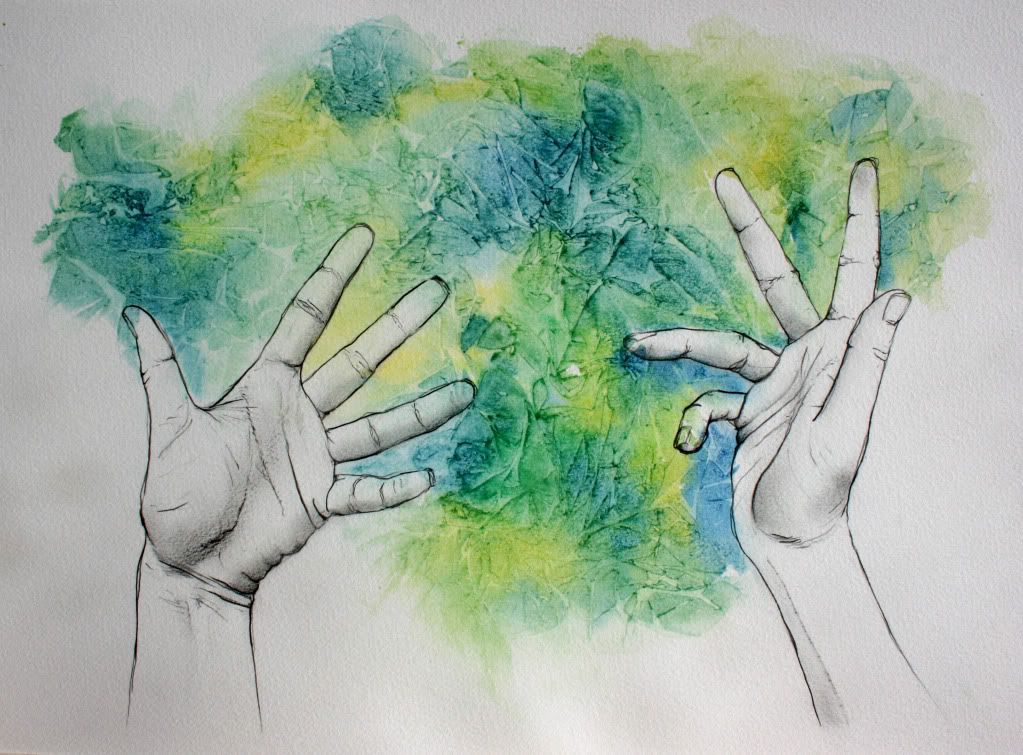
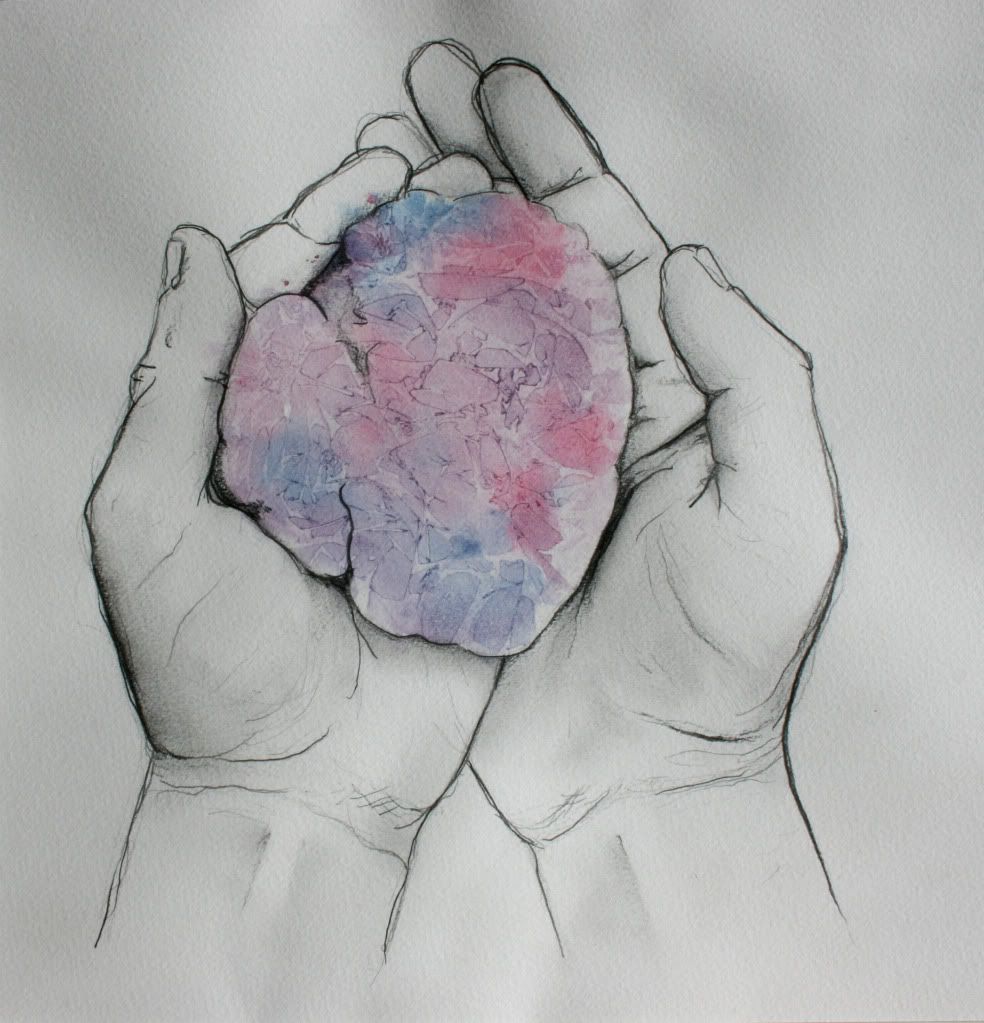
Sketchbook:
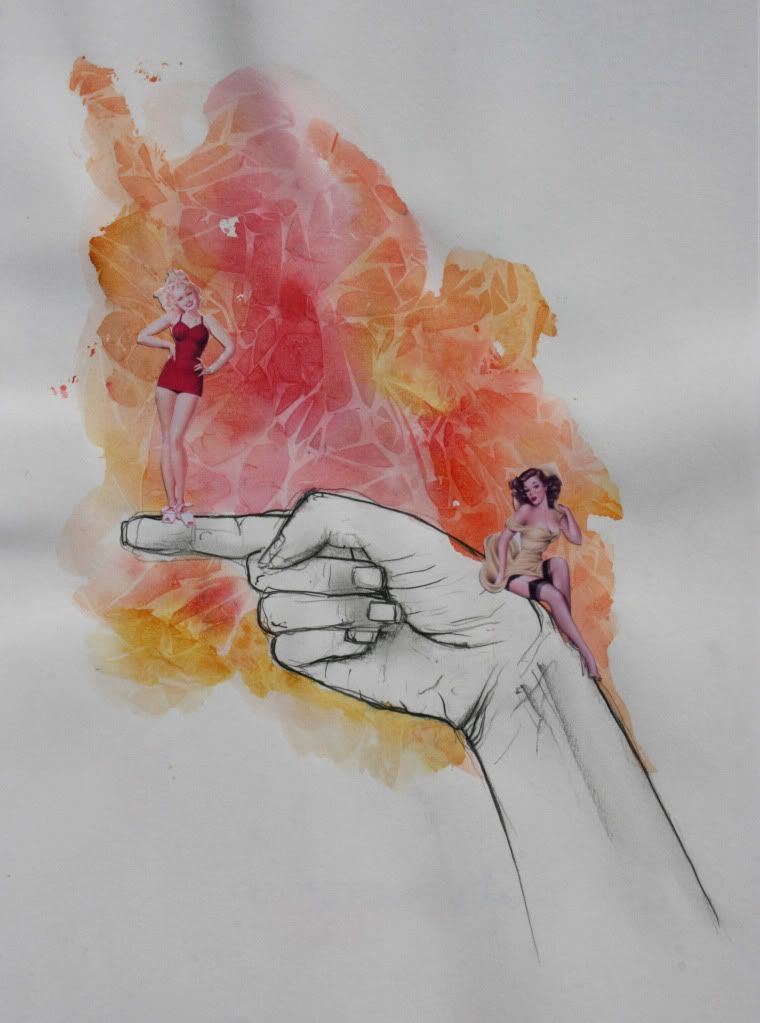
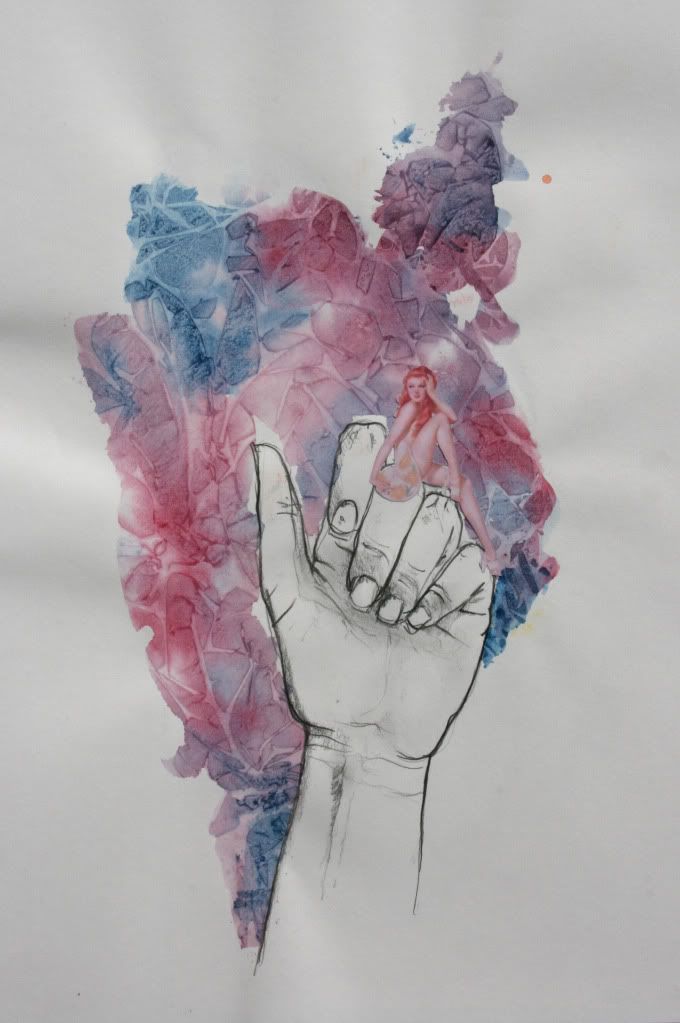
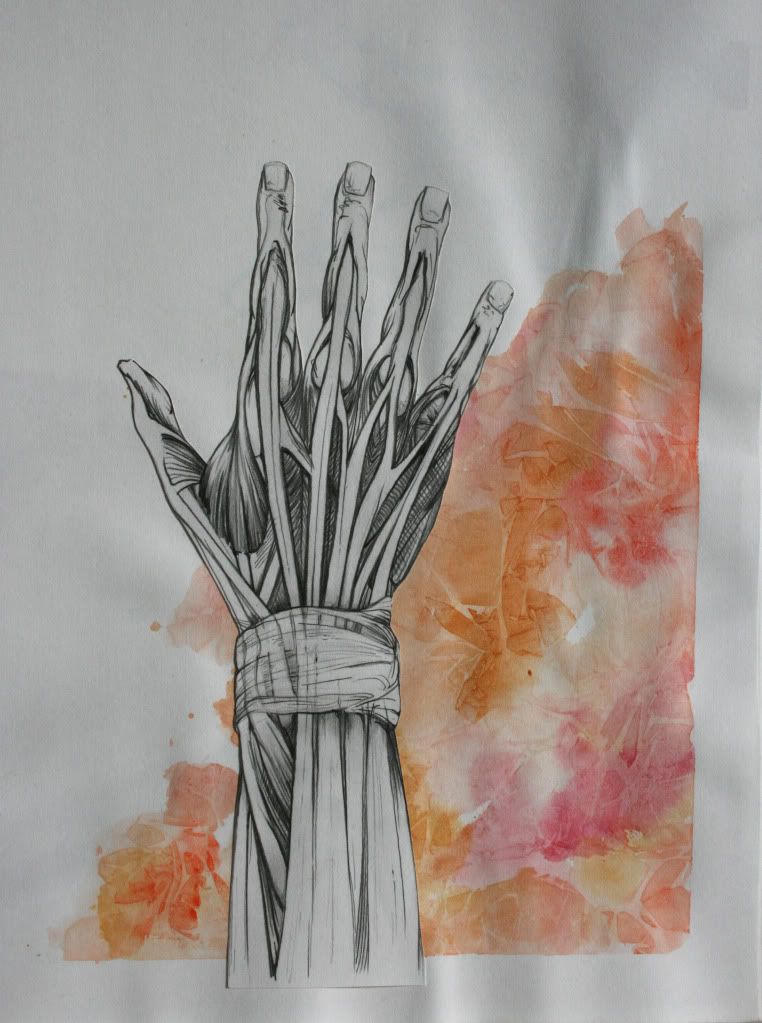
Third Year Architectural Studies, Anatomy for Artists course, UCL
Hands
A pair of organs capable of the most precise movement; hands are sophisticated instruments allowing an extraordinary manipulation of the environment. With the fingertips dense in nerves, hands are particularly receptive and epitomise the human sense of touch and relationship to tactility. Our opposable thumbs, a principle characteristic of human hands, increase the possibilities allowing for a wider range of movement. In coalition with the brain, hands embody the highly-valued faculties of the human species and are a means by which we may demonstrate our evolved intelligence. Their manipulative ability is indicative of the power they harness, yet in addition to this, the capacity to deal with small and fragile objects, acts of delicacy and subtlety. Our responsibility to ourselves and nature is facilitated through them, the physical actors and those capable of performing near incomprehensible acts of surgery and complex technical engineering. Hands facilitate interaction not just with our environment, but between human beings; instruments of comfort and care and moreover, communication. Just as significant perhaps, is their role beyond the mechanical function; a complex articulatory ability enabling their expressive nature, integral to expressing emotion just as the face.
The sketchbook began as an exploration of illustration techniques of the hand and forearm, investigating historical and current representation both at an anatomical level and more general depictions of the hands. Later, I drew upon my own artistic practice, experimenting in media and style; playfully sketching and photographing, then incorporating my own techniques of colour and collage. The purpose: to explore how the aforementioned qualities might manifest as art, both literally, as in medical illustration, and symbolically.



Sketchbook:



Third Year Architectural Studies, Anatomy for Artists course, UCL
Hands
A pair of organs capable of the most precise movement; hands are sophisticated instruments allowing an extraordinary manipulation of the environment. With the fingertips dense in nerves, hands are particularly receptive and epitomise the human sense of touch and relationship to tactility. Our opposable thumbs, a principle characteristic of human hands, increase the possibilities allowing for a wider range of movement. In coalition with the brain, hands embody the highly-valued faculties of the human species and are a means by which we may demonstrate our evolved intelligence. Their manipulative ability is indicative of the power they harness, yet in addition to this, the capacity to deal with small and fragile objects, acts of delicacy and subtlety. Our responsibility to ourselves and nature is facilitated through them, the physical actors and those capable of performing near incomprehensible acts of surgery and complex technical engineering. Hands facilitate interaction not just with our environment, but between human beings; instruments of comfort and care and moreover, communication. Just as significant perhaps, is their role beyond the mechanical function; a complex articulatory ability enabling their expressive nature, integral to expressing emotion just as the face.
The sketchbook began as an exploration of illustration techniques of the hand and forearm, investigating historical and current representation both at an anatomical level and more general depictions of the hands. Later, I drew upon my own artistic practice, experimenting in media and style; playfully sketching and photographing, then incorporating my own techniques of colour and collage. The purpose: to explore how the aforementioned qualities might manifest as art, both literally, as in medical illustration, and symbolically.